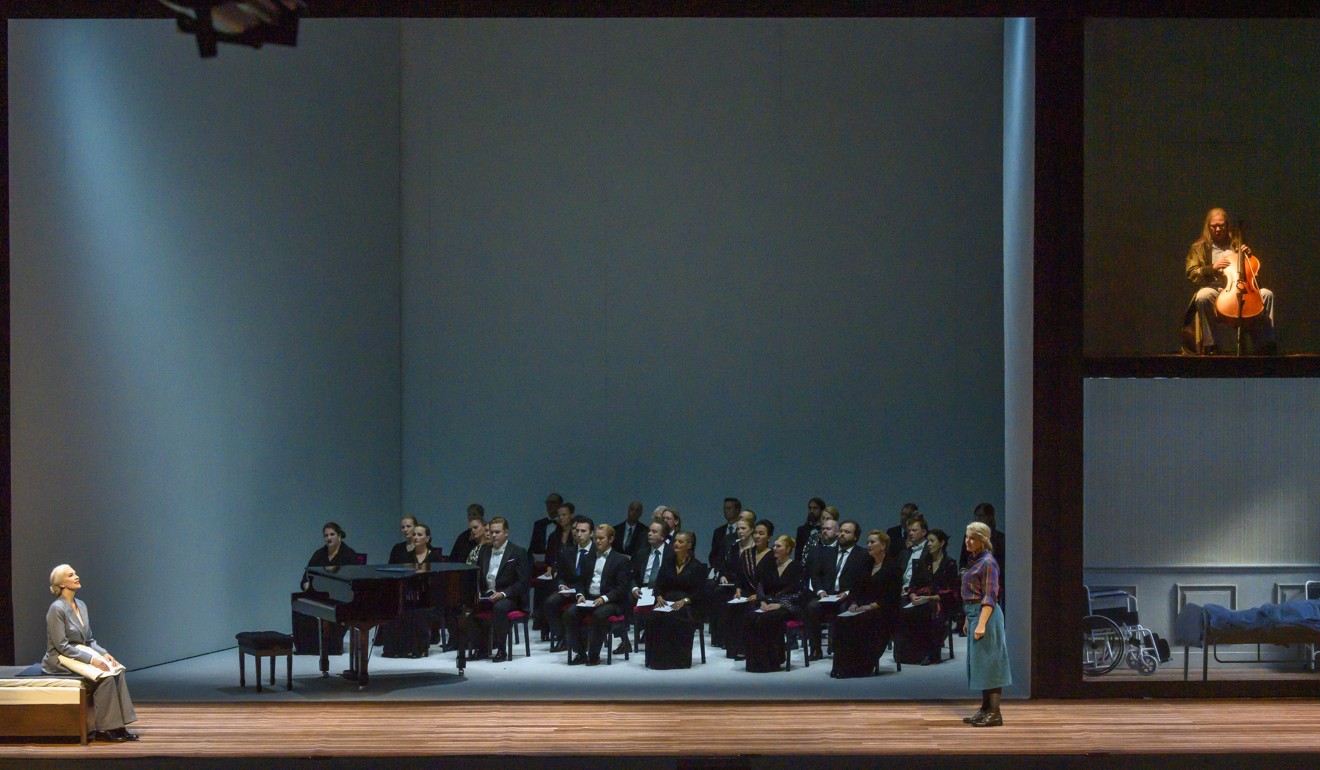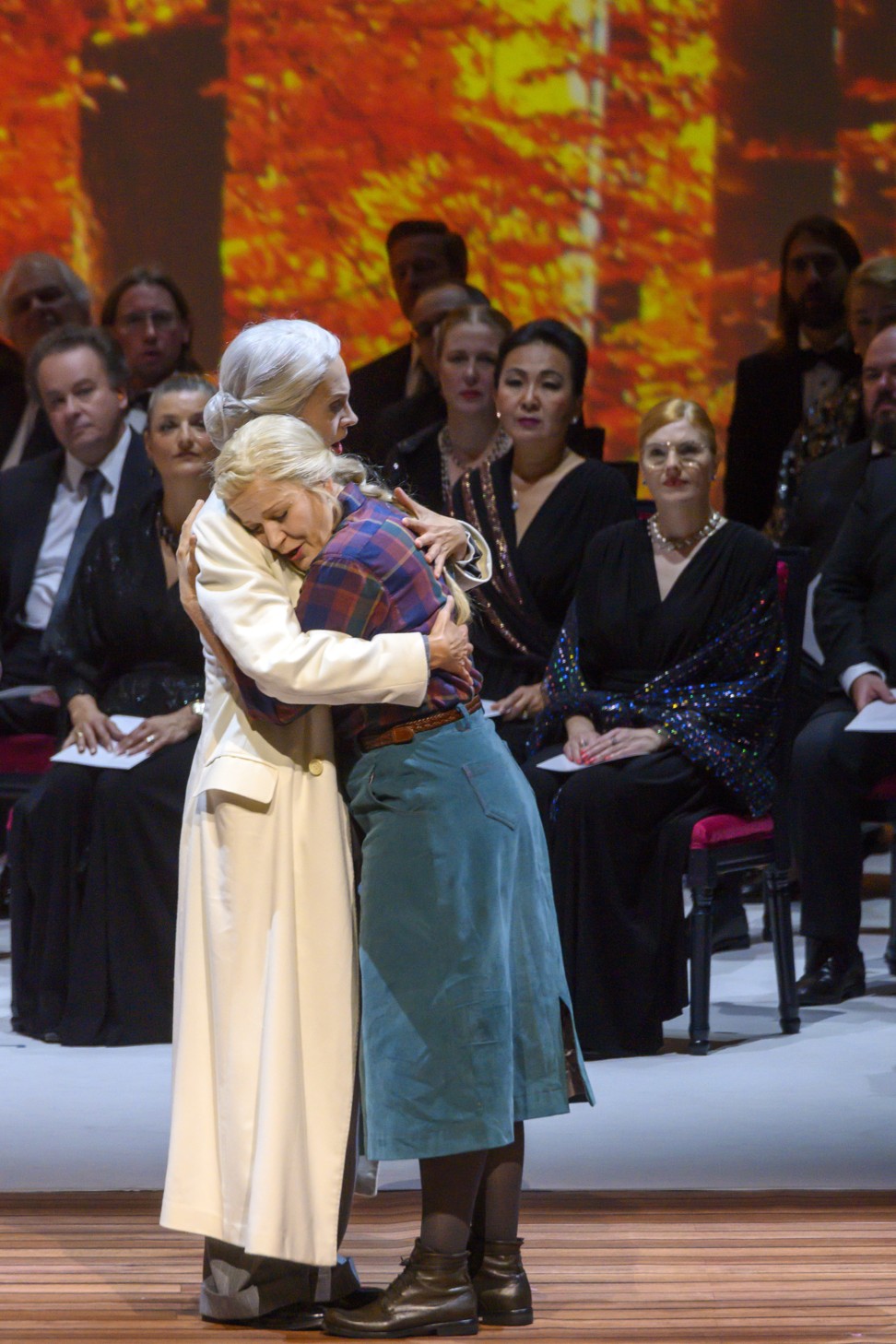
Opera Autumn Sonata, adapted from the original Swedish film, is an explosion of musical colour masterfully wielded by HK Phil
- The 1978 film Autumn Sonata translates surprisingly well to an opera piece, composed by Sebastian Fagerlund
- Singers Erika Sunnegardh, Helena Juntunen and Charlotte Hellekant excel, but the star of the show is the score itself

A language, the saying goes, is a dialect with an army.
In the absence of heavy artillery, a decent alternative is an opera tradition.
Finland, a nation of only 5.5 million people, waged one of the great nationalist wars of the 20th century – not in the trenches, but on the operatic stage.
Armed with quintessentially Finnish stories and their own distinct language, troops of composers, conductors and trained singers declared cultural independence against their intrusive neighbours, Sweden and Russia.

So what does this say about Autumn Sonata, Finnish composer Sebastian Fagerlund’s opera that opened the Nordic-themed World Cultures Festival on Friday evening in Hong Kong?
First, that its Swedish text (hewing close to director Ingmar Bergman’s screenplay of the original 1978 film) and its recent run at Sweden’s Malmo Opera indicate that Finland – once under Swedish rule and dominated culturally for a century afterward – now has full parity as a Nordic partner. And second, that Finnish composers have learned a lot in last hundred years about creating new opera.

At first glance, Bergman’s film about a concert pianist visiting her daughters after a seven-year absence is not obvious source material. The only music in the film results from on-screen piano-playing, which is problematic to recreate realistically on stage. Within the film, the entire narrative seems inextricable from the screen.
But while director Stéphane Braunschweig’s set designs retain the physical claustrophobia of Bergman’s domestic chamber drama, Fagerlund’s music (structured by librettist, or lyric writer, Gunilla Hemming’s text) deftly expands the story’s emotional dimensions.
Flashbacks are famously associated with film, but as Proust has written – and Fagerlund clearly reveals – music is particularly effective in messing with memory and one’s perceptions of time. So, too, does opera, with its “aria” moments, have the distinct ability to pause the narrative sweep and let particular characters explain their side of the story.

Perhaps Fagerlund and Hemming’s most inspired addition is using the chorus as the “audience” for Charlotte, the pianist mother.
“Show, don’t tell” is clichéd advice for authors, but not being able to show Charlotte’s brilliance as an artist on stage, the creators at least assemble a chorus of idealised admirers (performed by the Malmo Opera Chorus) who become effusively vocal in their praise. It is a much-needed defence, as Charlotte’s daughter Eva begins recounting her mother’s personal failings almost from the opening curtain.
The family conflict unfolds with painful clarity, revealing the backstory of Charlotte’s failed romances and scenes of Charlotte’s disabled daughter Helena, now discharged from hospital and living in Eva’s home.

Sopranos Erika Sunnegardh and Helena Juntunen, reprising their respective roles as Eva and Helena from the original production at the Finnish National Opera, hold their own musically and dramatically against their forceful mother. Mezzo-soprano Charlotte Hellekant invests her similarly named central character with a degree of pathos and humanity that makes her, if not entirely forgivable, at least fathomable.
Right from the opening prelude, though, the star of the show was Fagerlund’s score. Surrounding and ultimately transcending the vocal lines was a churning kaleidoscope of sonorities veering back and forth between chilling transparency and gut-wrenching outbursts.
The “autumn” of the title was surely a metaphor but, under conductor Patrik Ringborg, the Hong Kong Philharmonic Orchestra wielded such a huge palette of musical colour that you could practically hear the leaves change.
Autumn Sonata, HK Cultural Centre Grand Theatre. Reviewed: October 18, 2019